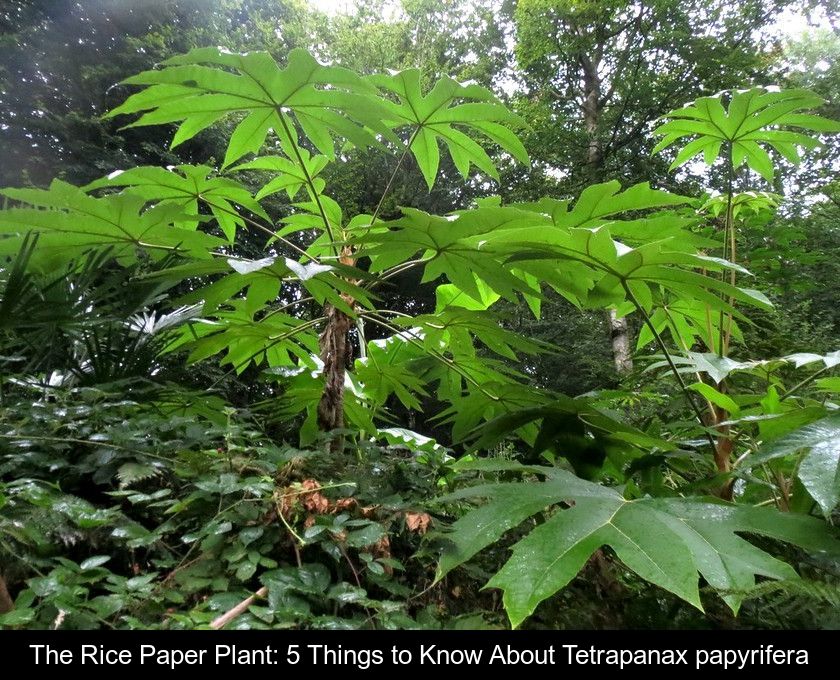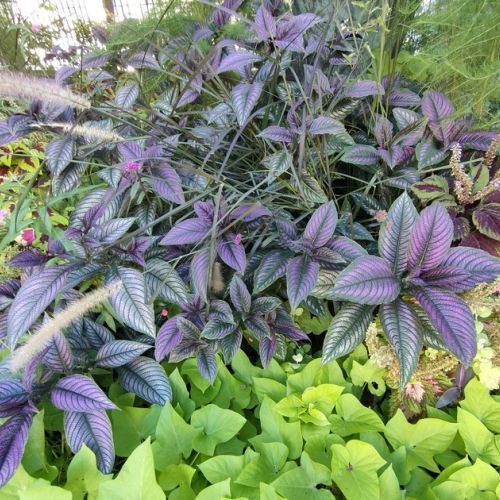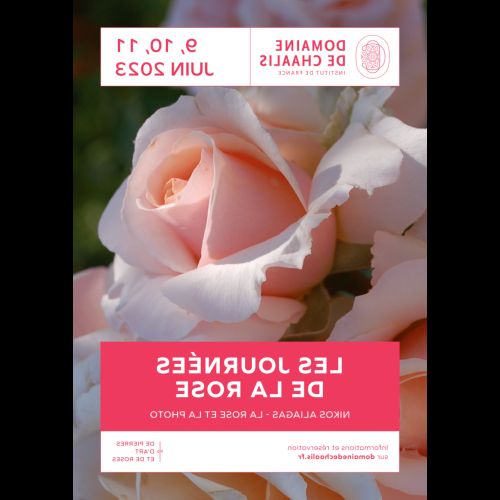The Rice Paper Plant: 5 Things To Know About Tetrapanax Papyrifera
The Tetrapanax papyrifera is a spectacular tropical plant. With its graphic and exuberant foliage, it is unrivaled in adding an exotic touch to a garden. Here are 5 things to know about this original species, also known as the rice paper plant.
Its foliage is its most beautiful attraction.
The rice paper plant is a tropical shrub native to Taiwan and southern China. It is also known by the names Chinese Rice Paper Plant, Tetrapanax papyrifera, Aralia papyrifera, or Fatsia papyrifera.
Tetrapanax papyrifera is the only plant species in the Tetrapanax genus. However, there are several varieties, such as the compact 'Rex' variety and the 'Variegata' variety with cream-spotted foliage.
Regardless of the variety chosen, the main attraction of this plant lies in its persistent foliage, made up of large, velvety, dissected leaves. Each leaf can have 5 to 11 lobes arranged like a fan and can reach between 50 and 100 cm in width.
These graphic XXL-sized leaves are most striking in a jungle garden or a more conventional exotic garden, alongside a banana plant, colocasia, or even palm trees.
She owes her name to Chinese rice paper.
This plant, which has several botanical names in Latin, is most commonly known as the rice paper plant or rice paper tree. Indeed, the pith of its lignified stems is traditionally used to make Chinese rice paper. In China, this paper is a renowned medium for watercolors, calligraphy, or ink wash painting. It is also used to make lamps, lampshades, and artificial flowers when dyed.
Its flowers and fruits are of interest to wildlife.
In autumn, the white blossoming of Tetrapanax papyrifera adds to its charm. Its small pom-pom shaped flowers are clustered together. They attract bees and delight pollinating insects in general.
More broadly, the rice paper plant promotes biodiversity in the garden because its flowering is followed by small black berries that birds enjoy. Therefore, if you want to feed the birds in winter, do not cut off the faded inflorescences!
She is more rustic than she appears.
Despite its tropical origins, the rice paper plant is more hardy than one might think. Its foliage dies back at -5°C, but it is capable of surviving and regrowing from the base, even after severe frosts below -10°C.
The Tetrapanax papyrifera is a shrub resistant to pests and diseases, which can even tolerate sea spray in coastal gardens. However, it is advisable to shelter it from strong winds.
You can plant it in spring, in full sun or partial shade, in a fertile, rather moist, and well-drained soil. But be careful! When it likes a location, this rhizomatous plant tends to spread.
She can become intrusive.
The rice paper plant is a shrub that requires space. To prevent your plant from suffering, it is best to grow it outdoors rather than as an indoor plant.
This species can reach a span of 3 meters in all directions, and even more in its native environment. Although it closely resembles the Fatsia japonica (another shrub from the same family), it is much larger.
Thanks to its extraordinary growth and the beauty of its foliage, the Tetrapanax papyrifera quickly forms a rounded thicket. It is therefore the ideal species for creating an exotic atmosphere in a flower bed or thicket, or as a standalone subject on a lawn.
However, be sure to control its growth! This beautiful plant with graphic foliage can become quite invasive due to its spreading roots. To contain its exuberance, it may be useful to install a rhizome barrier.










